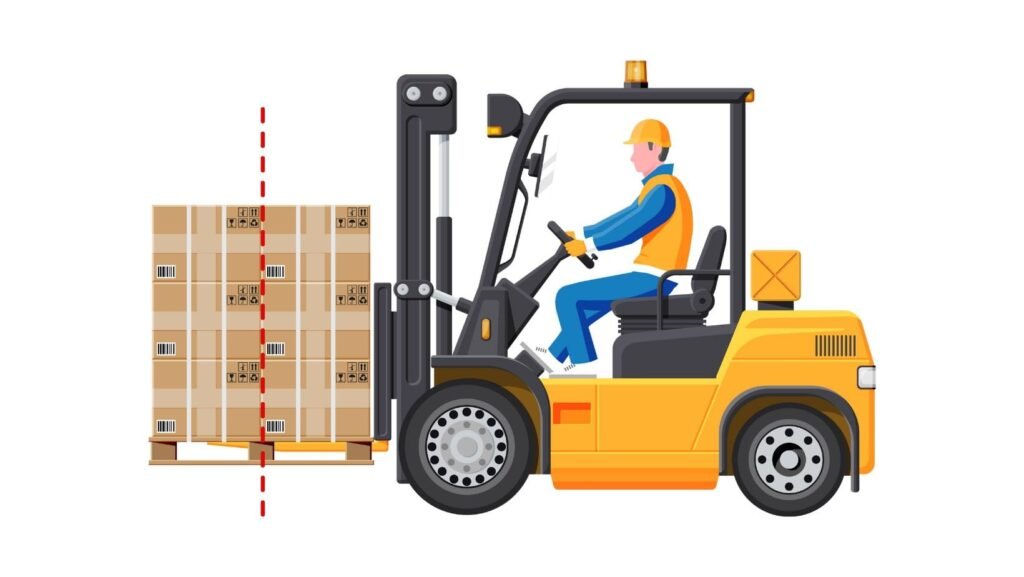Understanding Forklift Load Stability
Maintaining proper load stability is crucial for safe forklift operation. This heading addresses the key factors that contribute to load stability, such as load weight distribution, center of gravity, and load height.
By understanding these principles, operators can ensure that forklift loads are secure and balanced, reducing the risk of tip-overs or other accidents. This knowledge is essential for complying with safety regulations and protecting both personnel and equipment.
Navigating Forklift Load Height Restrictions
Forklift load height is a critical safety consideration, as excessively high loads can impact stability and visibility. This heading explores the regulations and best practices around managing load height, including load height limits, load stabilization techniques, and specialized equipment for handling tall or unstable loads.
Adherence to load height guidelines helps prevent accidents, maintain compliance, and ensure the safe movement of materials in the workplace. Operators must be aware of these regulations and take appropriate measures to mitigate the risks associated with high forklift loads.
Forklift Capacity and Load Management
Understanding forklift capacity is crucial for safe and efficient load management. This heading delves into the factors that determine a forklift's capacity, such as lift height, load weight, and load center. It also provides guidance on how to properly calculate and distribute loads to stay within the forklift's rated capacity.
By adhering to forklift capacity limits, operators can avoid overloading, improve stability, and extend the lifespan of their equipment. Proper load management not only enhances safety but also optimizes productivity and reduces the risk of costly damage or repairs.
Forklift Maintenance for Load Handling
Regular maintenance is essential for ensuring the safe and reliable operation of forklifts, especially when handling heavy or unstable loads. This heading focuses on the key maintenance tasks and inspections required to keep forklift components, such as the mast, carriage, and hydraulic systems, in optimal condition for load handling.
By prioritizing forklift maintenance, operators can minimize the risk of equipment failure, improve load stability, and extend the lifespan of their forklifts. Proper maintenance also helps maintain compliance with safety regulations and ensures the continued safe and efficient movement of materials in the workplace.

